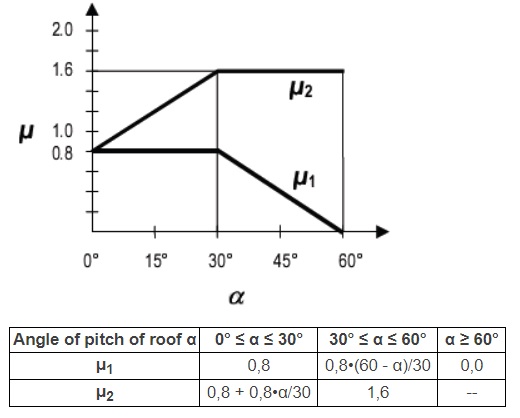There are different types of load works on the structure. These loads are considered to design safe structures.
- Dead load
- Imposed load or live load
- Wind load
- Snow load
- Earthquake load
Table of Contents
1. Dead load
The dead load is the self-weight of the structural members. It is a permanent load on the structure. Normally dead load does not change with time.
Dead load = material quantity * unit weight of material
Unit weight of some most commonly used materials is as follows.
| Material Name | Unit Weight |
|---|---|
| 1. Reinforced Cement Concrete [RCC] | 25kN/m3 |
| 2. Plain Cement Concrete [PCC] | 24 kN/m3 |
| 3. Steel | 78.5KN/m3 |
| 4. Brick Masonry, cement plaster | 20 kN/m3 |
| 5. Stone Masonry | 24 kN/m3 |
| 6. Wood | 8 KN/m3 |
| 7. Floor Finish | 0.6-1.2KN/m3 |
2. Imposed load or live load
Live load is a movable load without any acceleration. It varies from time to time. It depends on building occupants.
3. Wind load
Lateral load due to air movement air known as wind load. It is not much critical for low-rise buildings. But for high-rise buildings, it plays a crucial role in design consideration.
Design wind pressure ( Pz )= 0.6 V2z
Where Vz is the design wind velocity.
4. Snow load
Accumulation of snow on the building roof or other places above the is known as snow load. It only occurs in the winter season.
Snow load can be calculated from the formula given below.

Where, S = Design snow load
μ = Shape coefficient
S0 = Ground snow load
It is very important to know how to shape coefficients are calculated. Snow shape coefficients are calculated as per the roof slope of the building.
In the below figure, you can find out how it is calculated.

5. Earthquake Loads
Earthquake load or seismic load occurs in three directions which are mutually perpendicular. It is further resolved into vertical and horizontal directions.
Every country is divided into different earthquake zones based on the history of the earthquake intensity of the specific region.
These were the important types of load on the structure to design any structure. If you have any confusion, please comment below.
